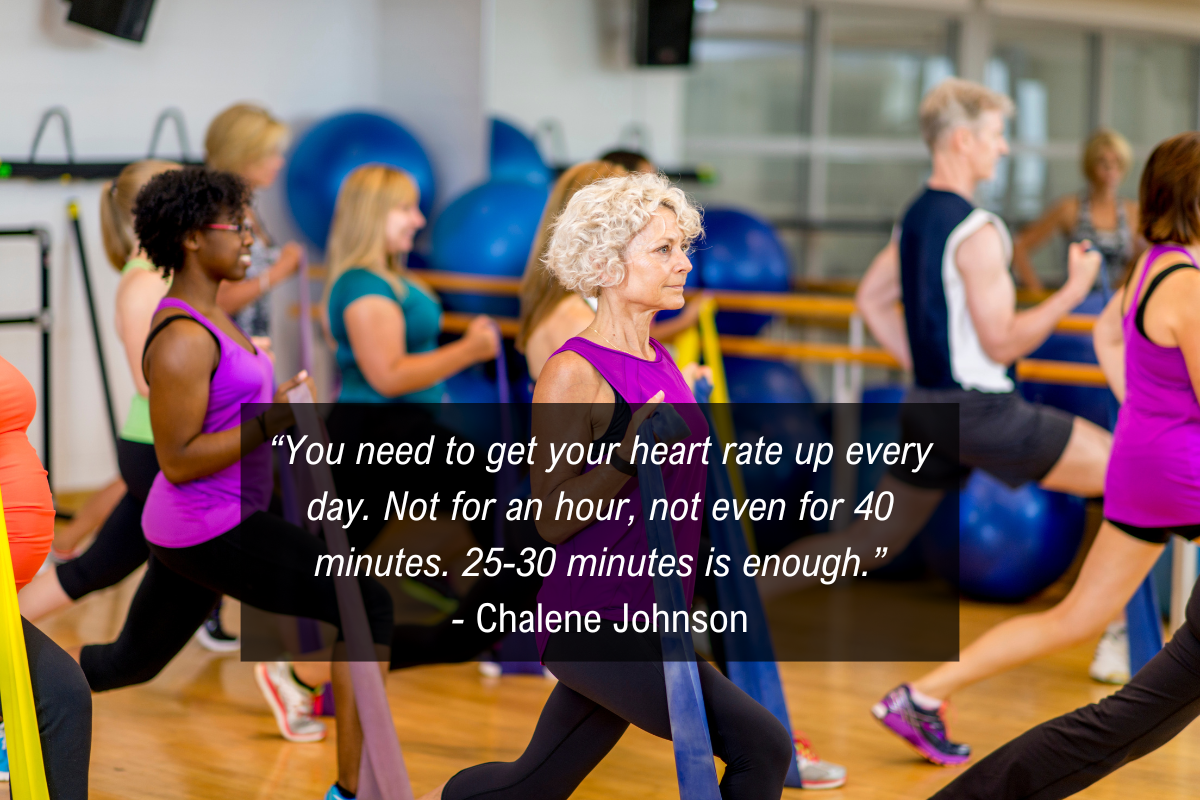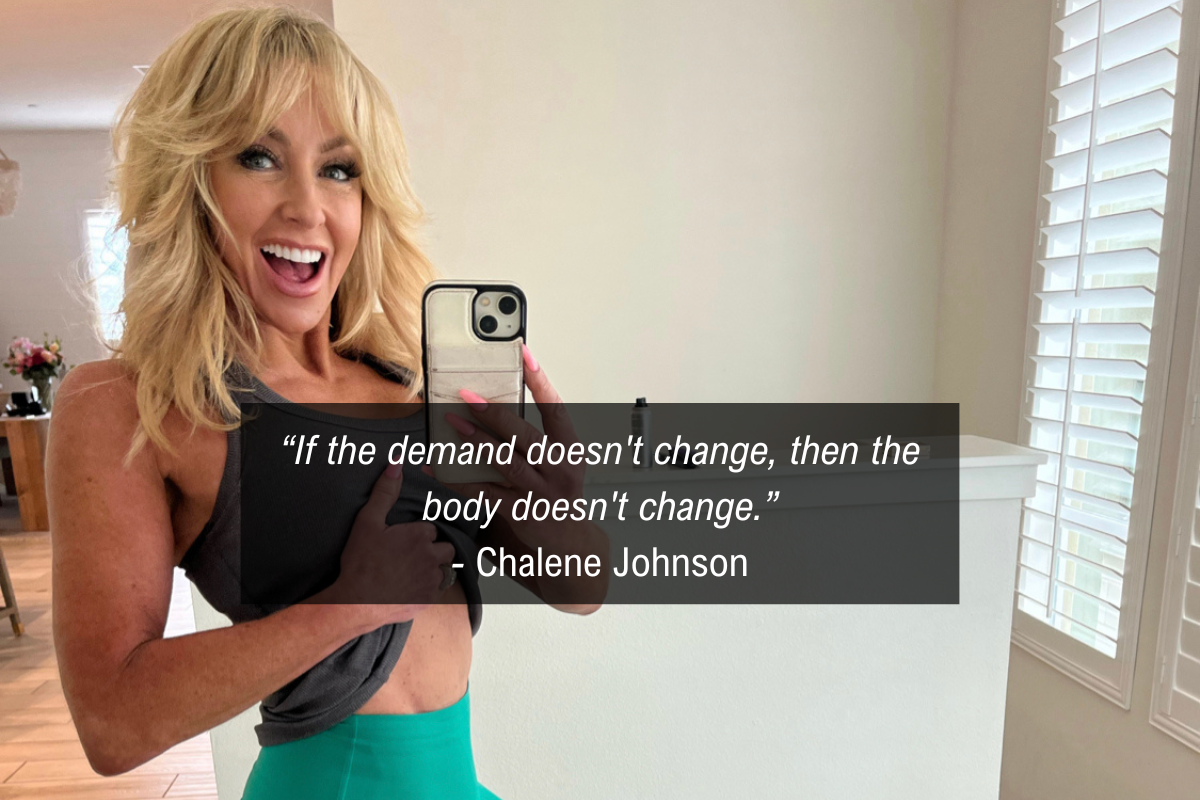You ever find yourself slaving away on the treadmill, secretly wondering if there’s a better way to achieve those #BodyGoals? Spoiler alert: There absolutely is, and it doesn’t involve running endlessly like a hamster on a wheel.
Today, we’re shattering some long-standing myths and stepping into the world of strength training—fitness’s best-kept secret and your soon-to-be obsession. This isn’t just about lifting some dumbbells; it’s about lifting your entire life to a whole new level.
So if the phrase ‘strength training is important’ has ever elicited an eye roll or a shrug from you, prepare to have your mind—and your muscles—seriously blown.
Ready to power up? Keep on reading! 💪👇
Unlocking the Secrets of Effective Strength Training: Why I’m Passionate About It
Let’s dive into the nuances of what makes strength training so transformative and how you can avoid the mistakes I made.
The 3 Big Changes That Transformed My Strength Training Journey
For years, I was lifting weights regularly but wasn’t seeing the results I craved. I found it downright discouraging that despite my consistent efforts, the muscle definition was eluding me. The turning point came when I realized that there were three big things I had to change.
- Mindset: My perspective on body image and food had to evolve.
- Methodology: I had to learn to work smarter, not just harder.
- Consistency: The real magic happens when you’re both consistent and adaptive.
You might be in the same boat—loving strength training but wondering why you’re not seeing progress. If that’s the case, making a few minor tweaks could help you see those incredible gains.
The SAID Principle: Why We Plateau
You might have heard of the SAID Principle, which stands for Specific Adaptations to Imposed Demands. This is essentially a fancy way of saying our bodies are designed to adapt and then plateau, reaching a state of homeostasis. That is, they aim to stay the same unless we shake things up. So, if you’re doing the same kind of workout week in and week out, guess what? Your body will adapt, and then nothing will change.
Understanding this can revolutionize your approach to strength training because it empowers you to keep changing your routine, making your workouts more effective in the long run.
Cardio vs. Strength Training: Debunking Muscle Myths
Ah, the eternal debate between cardio and strength training. I’ve heard from many women who are worried about “bulking up” if they engage in strength training. Listen, let’s clear this up: muscles don’t make women bigger; body fat does. When you gain bulk, it’s from the layer of fat sitting on top of your muscle.
If you’ve found yourself stocky or chunky despite your muscle gains, it’s likely because of the body fat, not the muscle. The secret sauce here is body composition—the ratio of muscle to fat. So instead of pounding the pavement or the treadmill to oblivion, consider refocusing on strength training to help change your body composition.
Low-Impact, High-Intensity: A Balanced Approach
Once upon a time, I was all about those high-impact, high-intensity workouts. But here’s the truth: it’s not sustainable. High-impact exercises can create oxidative stress, mess with your hormones, and wreak havoc on your joints.
These days, I opt for low-impact, high-intensity workouts. They offer the intensity to get your heart rate up but are easy on your joints. Balance is key. If you’re all about that “go hard or go home” life, consider incorporating moderate-intensity activities that give your body the rest it deserves while still keeping you active.
Why You Need to Incorporate Strength Training in Your Cardio Routine
Cardiovascular training is fantastic for your heart and overall well-being, no question about it. But hey, you don’t need to power walk for like an eternity. Did you know you can snag a two-for-one deal by mixing in some strength training? Yeah, you get that cardio fix while you’re also building muscle. Kind of like that perfect blend of coffee that wakes you up but also tastes heavenly. Your body’s your vehicle, so make sure you’re not running it on empty.
The Holistic Approach: Strength Training As a Pillar of Health
Okay, let’s get holistic for a sec. There are several pillars of health, right? You’ve got your breathing, sleeping, and eating. These are the basics, like the avocado toast of wellness. Once you’ve got those down, it’s time to level up. Enter strength training, right after you’ve settled your foundational stuff. It’s not just about being buff; strength training can actually help you maintain balance, flexibility, and yes, cardiovascular health. The trick is to be super smart and intentional about how you work out.
Breaking the Myths: Strength Training vs. Cardio for Age-Related Muscle Loss
Here’s the deal, cardio is fabulous, but it’s not a one-size-fits-all solution, especially when it comes to age-related muscle loss. Hate to break it to you, but cardio alone won’t change the shape of your body. It’s awesome for burning calories, but if you’re looking to fight age-related fat gain, you’ve got to lift. Like, literally. The more muscle you have, the faster your resting metabolic rate. Think of it as your body’s idle speed. So if you want to burn more while Netflixing, it’s strength training you should be mixing.
Don’t Fall for the “Toning” Trap
How many times have you heard or even said, “I just want to tone”? It’s a well-intentioned but misleading word. Muscle doesn’t get ‘toned,’ it grows or shrinks. Period. When you say you want to “tone,” you probably mean you want to be slender but strong. That’s all about building muscle endurance and strength, not merely getting “toned.” So the next time you talk about fitness goals, maybe think in terms of strength and endurance instead of falling for the ambiguous “toning” concept.
Overcoming Plateaus in Strength Training: The Importance of Overload
Ever felt like you’ve hit a ceiling with your workout, like you’ve maxed out? The “overload principle” is here to break you out of that rut. If you’re doing the same weight and reps, your body will just adapt and keep you in this frustrating plateau. It’s like always ordering the same thing at your favorite restaurant; you’re missing out on some potentially mind-blowing dishes. You can increase the weight, change the number of reps, or even just refine your technique to up the ante. The more you challenge your muscles, the quicker you’ll see changes.
Setting the Right Weights and Reps
Starting with strength training is like jumping into a pool; you want to test the waters first. You don’t want to go too heavy, too fast. Start with a weight where you can do about 12 reps without turning into a human pretzel or compromising your form. If, on your second set, you find you can do more than the 12 reps, congrats! It’s time to lift heavier. Aim for “momentary muscle failure,” where you’ve pretty much given it your all in good form.
Learning from the Past: Why Form Matters in Strength Training
Ah, the good ol’ days. Look, workout styles and gym outfits may change (hello, 90s aerobics gear), but good form is timeless. If you’re new to this, don’t worry about what you’re wearing or how you look; focus on your technique. That’s what will get you results and keep you safe.
Debunking the Rep Count Myth
First things first, let’s talk about the age-old debate about the importance of rep count in strength training. Are you stuck on a certain number? Doing 12 reps because, well, you always do 12? Stop. Numbers don’t dictate your muscle growth or strength. Your muscles only understand one language: tension. The key takeaway here is that it’s not about the number of reps, but the time under tension that your muscles experience. So, ditch the obsession with hitting a particular rep count and focus on maintaining muscle tension throughout your exercise. This shift in mindset could be a game-changer in your muscle development.
The Art of Slow and Steady Reps
Now, if time under tension is the golden rule, then the speed at which you perform your reps becomes crucial. When you’re in the gym, you’ll often see folks banging out 12 reps as quickly as they can. But guess what? Fast reps mean less time under tension, and that means fewer gains. You can actually boost muscle tension by performing your reps more slowly, like a 2-3 second ascent and a 2-3 second descent. This ensures that your muscles are under tension for a longer period, making each rep more effective.
Customizing Strength Training Frequency
So how often should you hit the weights? Well, the answer is—it depends. There’s no one-size-fits-all rule for strength training frequency. What’s important is to train based on your individual goals, lifestyle, and body’s response. Whether it’s once a week or six times a week, consistency is the key to making gains. The general advice here is to start slow and gradually increase your training days as your body adapts.
Rest and Recovery: The Unsung Heroes of Strength Training
Here’s a truth bomb: Your muscles grow not when you’re lifting weights but when you’re resting. Yup, that’s when the magic happens. The process of muscle hypertrophy (aka growth) occurs during the recovery phase. That’s why it’s essential to give your muscle groups at least 24 hours of rest before hitting them again. If you’re sore or fatigued, listen to your body. It’s telling you it needs more time to recover and rebuild.
Nutrition: The Fuel for Your Fire
Now, let’s talk grub. Nutrition plays a vital role in how effective your strength training will be. If you’re starving yourself or not eating the right balance of nutrients, your muscle recovery and growth will suffer. A balanced meal with adequate protein, carbohydrates, and fats is essential, especially within an hour of completing your workout. Whether you’re into intermittent fasting or have specific dietary restrictions, just remember, your body knows what it needs. Don’t ignore those hunger signals.
The Importance of Variation
Last but not least, let’s address training variation. Doing the same workout day in and day out is not just boring; it can lead to a plateau and even increase your risk of injury. If you’re training multiple days a week, consider dividing your workouts by muscle group. This not only keeps things exciting but also allows for adequate rest and recovery between sessions. Plus, periodically changing your routine keeps your muscles guessing, which is key for continuous improvement.
Whew! That was a lot to unpack, but I hope this deep dive into strength training helps you understand what really matters when it comes to making those gains.
If you enjoyed this post then you’ll want to listen to episode #862 of The Chalene Show where I go into much greater detail.
Stay pumped and always remember—your muscles don’t count; they feel. Catch you in the next episode!






